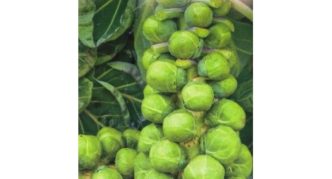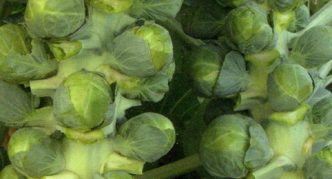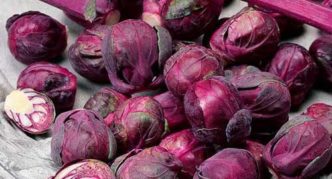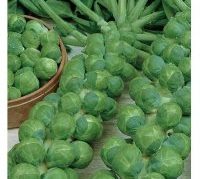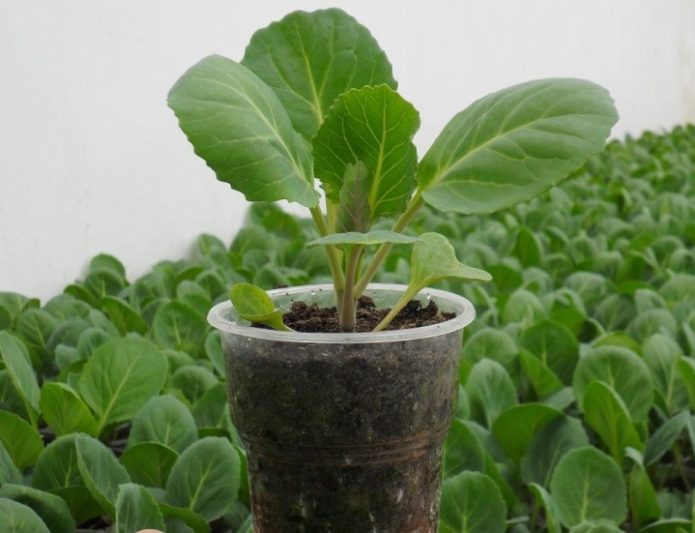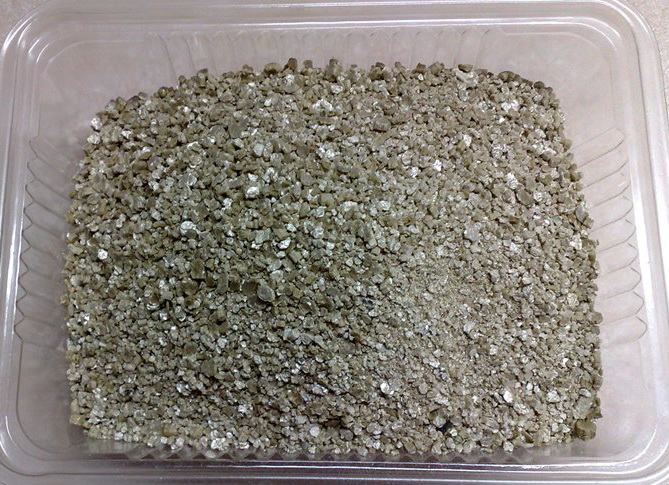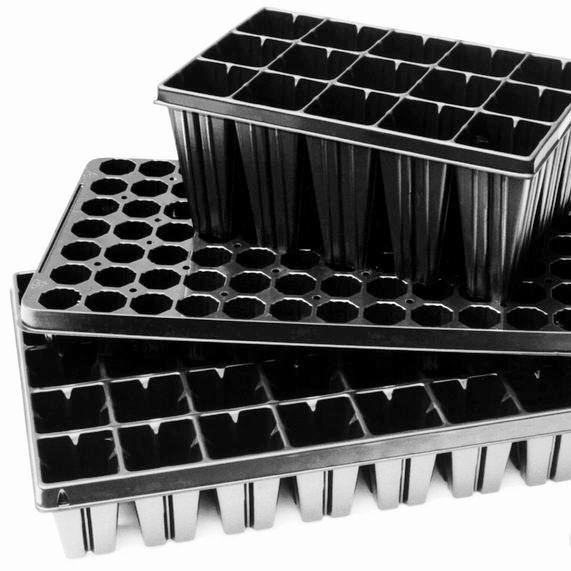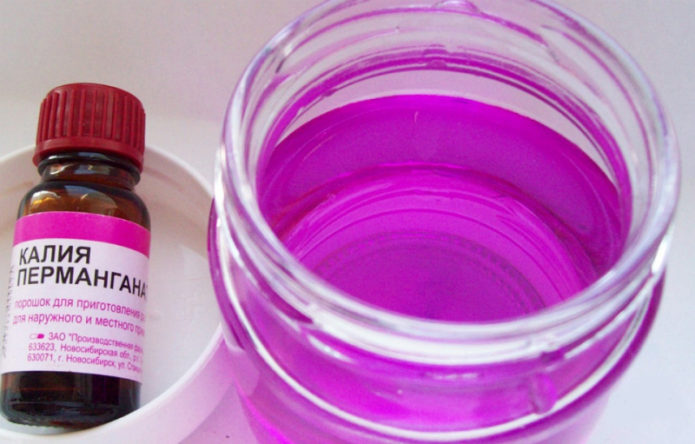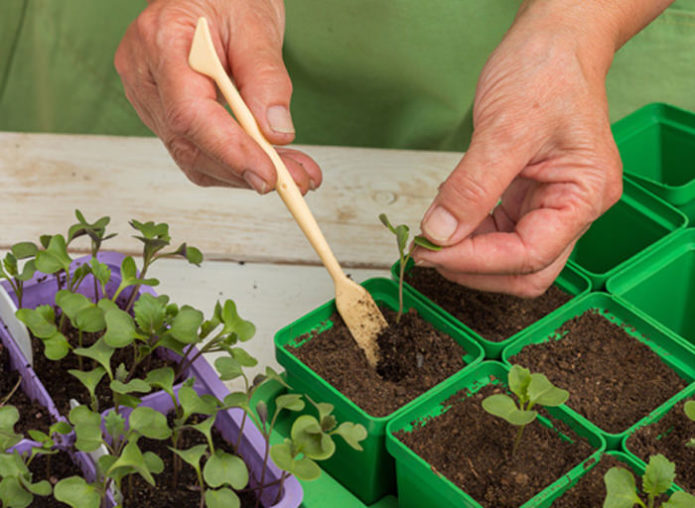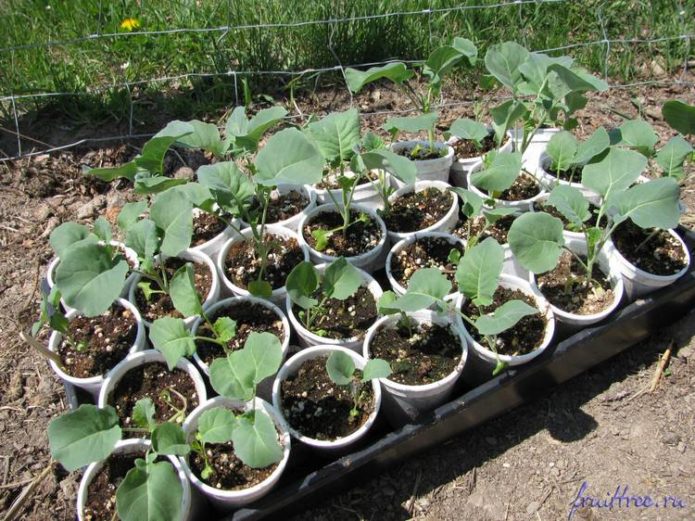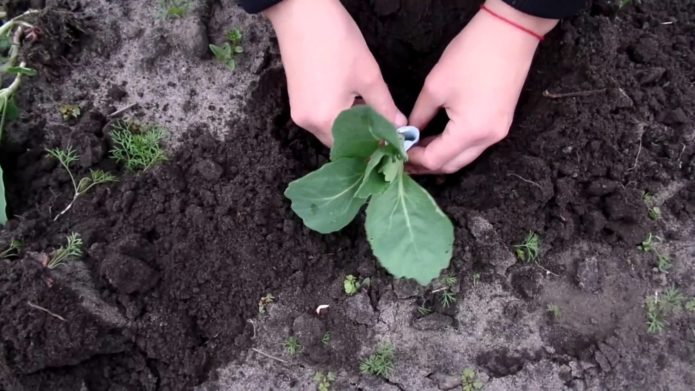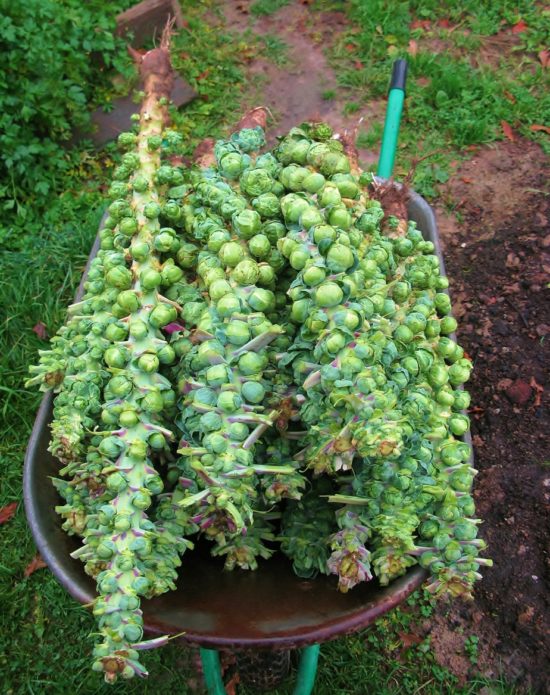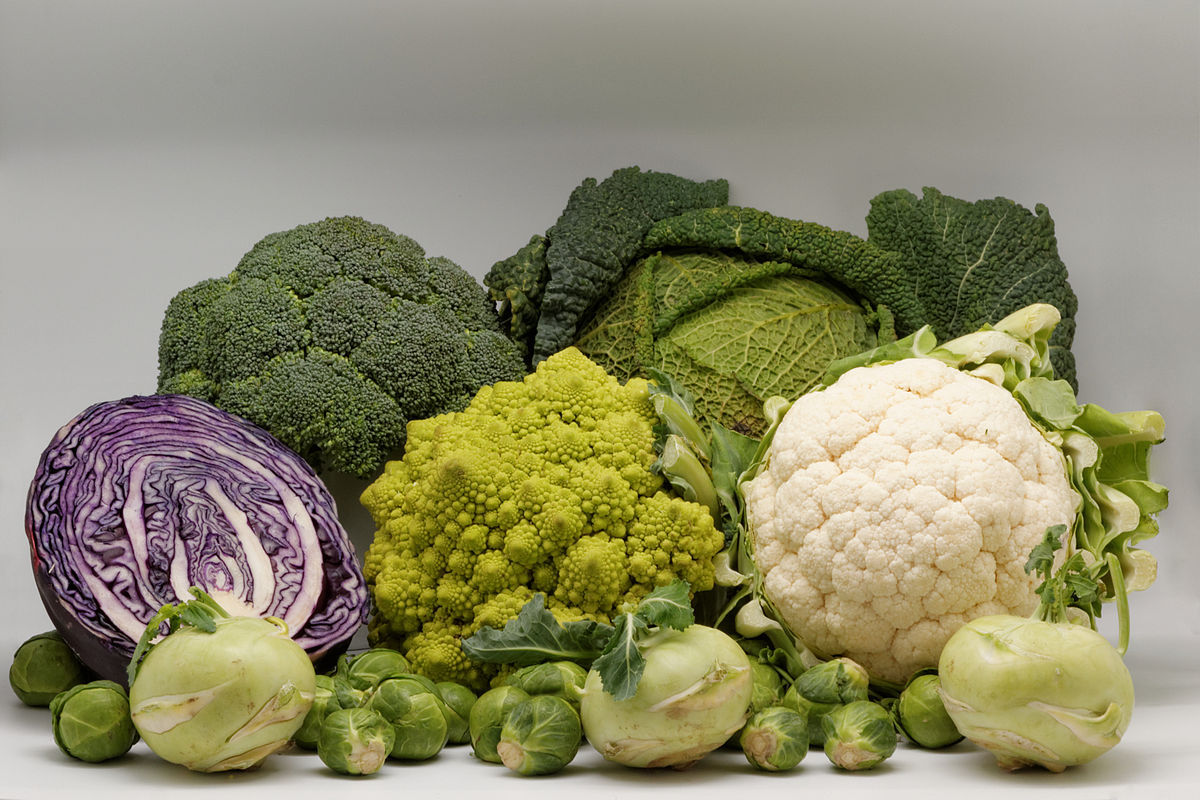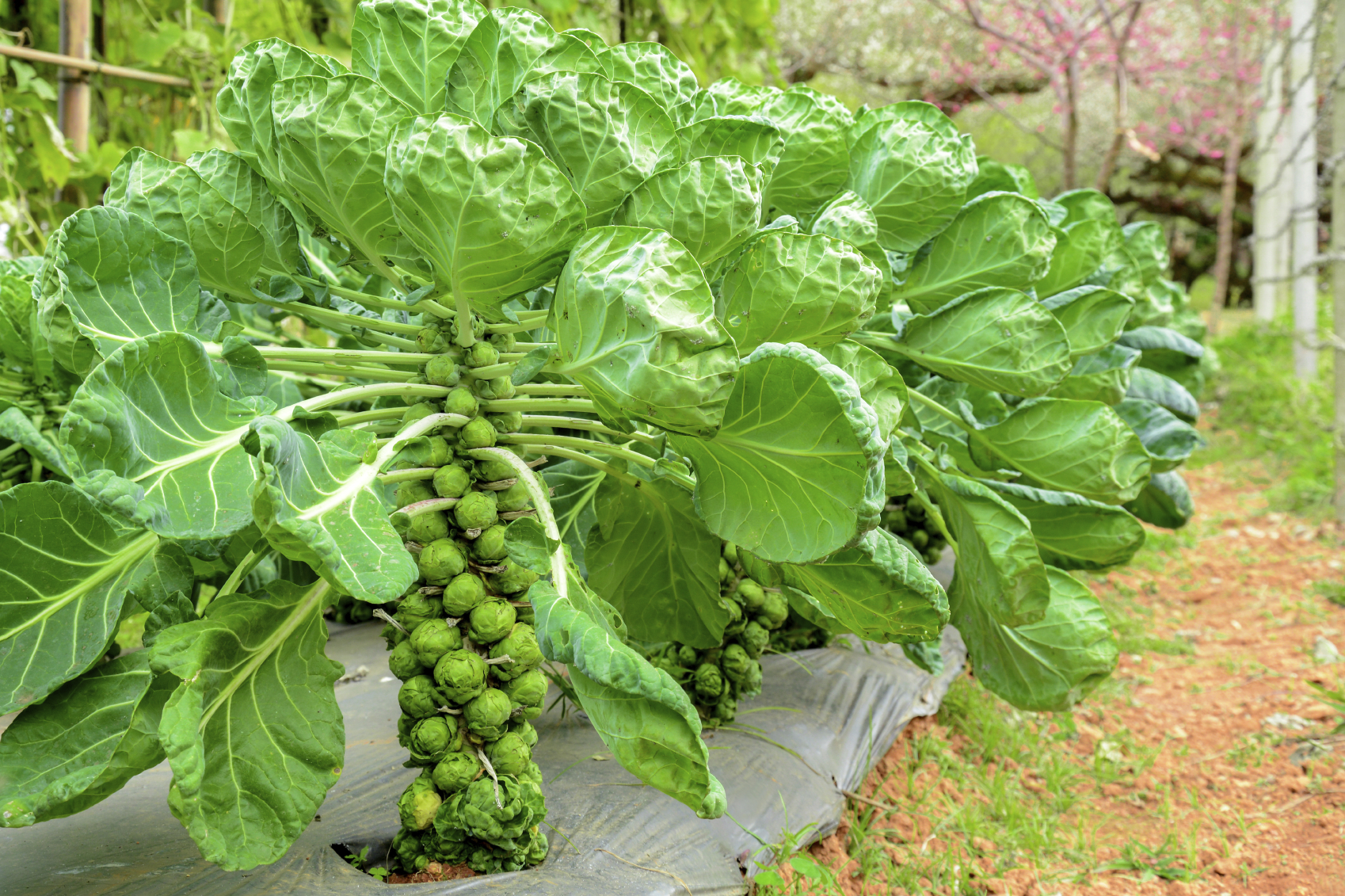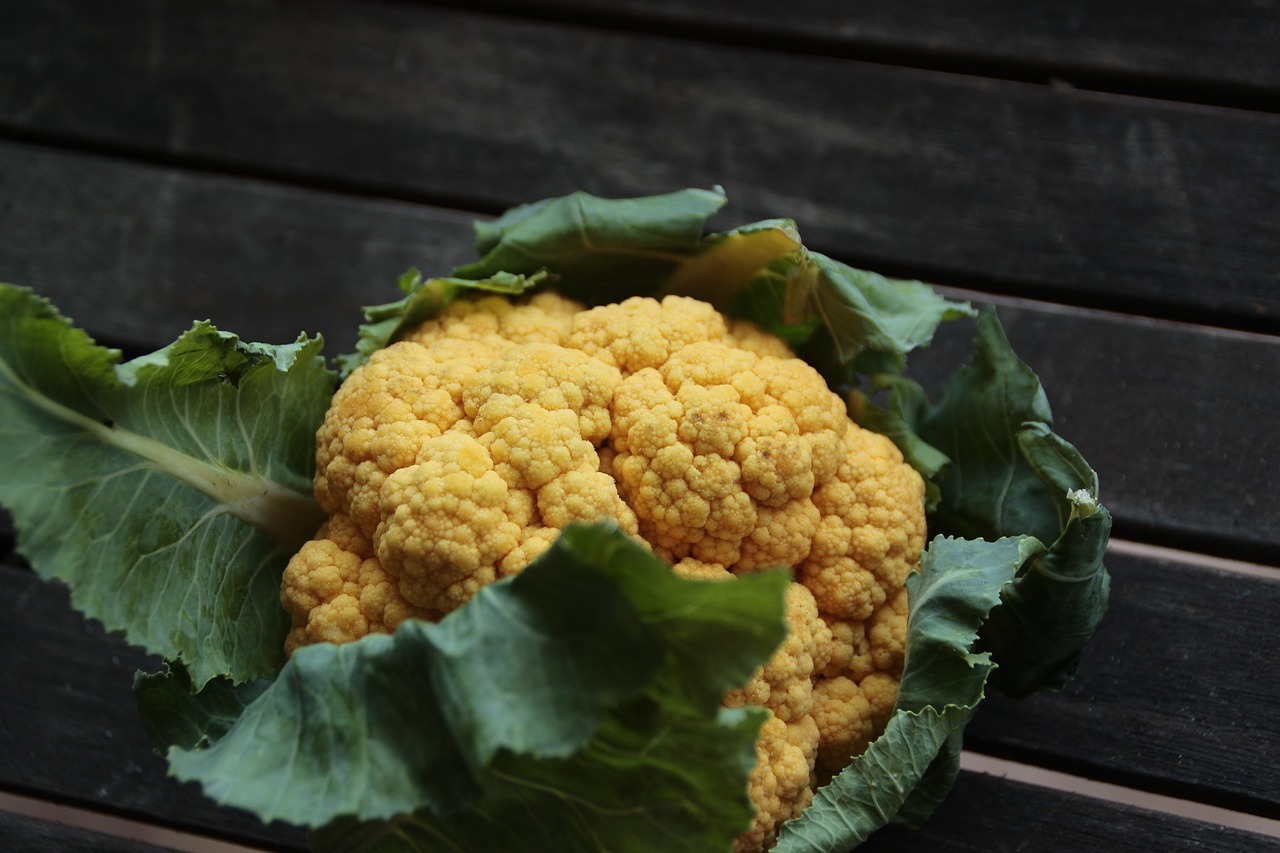Brussels sprouts are a crop that contains a large amount of mineral salts, proteins and vitamins. It tastes more tender than white, so it is used in dietary food for making soups and side dishes. This valuable and useful culture can be grown in a summer cottage.
Content
Outdoor varieties of Brussels sprouts
Earlier, in the territory of the Soviet Union, one variety of Brussels sprouts was cultivated - Hercules 1342. Nowadays, new varieties and hybrids have appeared that can be grown throughout Russia.
Since cabbage has a long growing season, the market offers:
- early varieties. They became widespread throughout the country, since the harvest can be removed on the 85-100th day after seed germination. Most Popular:
- Dolmik F1 (Holland),
- Isabella (Poland),
- Long Island Superior (USA);
- mid-late varieties. Plants of small height, on the stems of which from 30 to 80 heads of cabbage can form, for example, such as:
- Hornet,
- Vertus,
- Rosella (Germany),
- Machuga (Poland),
- Perfection (Russia);
- late-ripening varieties. They are the most productive, since due to the long growing season, up to 70–120 heads of cabbage can form on the plant. The most famous:
- Groninger (Germany),
- Long island (Italy),
- Meso nano (Italy),
- Ketskill (USA).
Photo gallery: varieties of Brussels sprouts
- Brussels sprouts Long island - semi-dwarf variety (up to 60 cm) that does not require plant support
- The Groninger variety of Brussels sprouts is cold-resistant, contains a large amount of vitamins, trace elements and protein, has a high taste and dietary properties
- Brussels sprouts of the Isabella variety are distinguished by an unusual shade of their fruits: the heads of cabbage are painted in a dark purple color
- A plant of Brussels sprouts of the Long Island variety, about 80 cm high, forms 20–35 rounded heads of cabbage weighing 10–20 g
- Brussels sprouts of the Rosella variety have egg-shaped, green heads of cabbage, weighing up to 15 g, up to 45 pieces are formed on one plant
The best varieties of Brussels sprouts and the peculiarities of their cultivation:https://flowers.bigbadmole.com/en/ovoschi/kapusta/bryusselskaya-kapusta-foto.html
Planting Brussels sprouts for seedlings
The crop is a plant with a long growing season. Even the earliest hybrids can begin to form heads of 1.5 cm no earlier than 100–120 days from sowing. Therefore, it is recommended to grow Brussels sprouts through seedlings, especially in Siberia, the Moscow region, the middle lane or the northern regions of the country.
Landing dates
As a rule, planting seeds for seedlings begins in mid-April. You can grow it at home, in greenhouses or special nurseries.
Soil preparation
For seedlings, a loose, moisture-absorbing substrate with a neutral reaction is suitable. It is desirable to harvest it in the fall. The best option would be sod land (you can take soil from under deciduous trees). Sand, high moor peat, as well as perlite or vermiculite, with the help of which moisture in the soil will be retained for a longer time.
The soil in the open field begins to be prepared in the autumn. To grow Brussels sprouts, it is best to set aside open, sunny places. If this is not possible, it can grow on acidic soils, since it is rarely affected by a keel.
Since the culture is demanding on the fertility of the soil, fertilizers should be applied during its processing (based on 1 m2):
- 60–90 g of phosphate fertilizers;
- 90-120 g of nitrogen fertilizers;
- 60–90 g of potash fertilizers.
During autumn digging, 2/3 of the recommended amount must be added, and nitrogen fertilizing can be replaced with rotted manure. The rest is brought in in the spring when planting seedlings directly into the holes.
Seed preparation and sowing
To select the best planting material, prepare a saline solution by dissolving 50 g of salt in 1 liter of water. Seeds are poured into it and mixed well. After 5 minutes, those seeds that settle to the bottom can be used for sowing, after rinsing them under running cold water.
It is also desirable to carry out disinfection by heating the seeds in water with a temperature of 50aboutC for 20 minutes. To do this, you can use a thermos, in which the water will remain hot for a long time. This exercise helps to avoid keels and fungal diseases during the growing season of the crop. After that, the seeds are cooled in water and planted in the ground.
Since all types of cabbage do not tolerate transplanting well, seedlings should be grown in separate cups or special cassettes with a volume of 200 ml. When sowing in cassettes, 2-3 pieces should be placed in each compartment, to a depth of 1-1.5 cm. When growing seedlings with subsequent picking, 100 ml of soil is enough for the seedling.
Growing cabbage seedlings at home:https://flowers.bigbadmole.com/en/ovoschi/kapusta/kak-vyirastit-rassadu-kapustyi-v-domashnih-usloviyah-poshagovaya-instruktsiya.html
To get fast and even shoots, containers with seeds should be placed in a warm place, covered with glass or foil.
Growing seedlings
When shoots appear, the film or glass is removed and the seedling pots are placed in a bright place. The temperature during the day should be around 20aboutC, and at night - 16-18aboutC. With this thermal regime, the seedlings will not stretch and will be strong.
Seedling care:
- The bushes should not be moistened very often and only if the soil dries out. To determine the need for watering, it is enough to check the soil moisture at a depth of 10-15 mm. Watering is best done with a strainer so as not to wash out the ground.
- For prevention, seedlings can be watered with a solution of phytosporin or pink potassium permanganate. This will avoid the appearance of a black leg. Also, seedlings can be powdered with wood ash, to which a small amount of colloidal sulfur is added.
- If the seeds were sown in a common container, then after the seedlings have the first true leaves, pick the seedlings into separate peat or plastic cups with a volume of at least 20 ml.The procedure is carried out using a special peg, taking out the plant with a lump of earth and pinching the root. When placing a seedling in a new pot, the bush should be deepened to the first true leaves. It is impossible to plant deeper, as this can cause rotting of the stem.
- After picking, the seedlings are well shed and removed in the shade with an air temperature of about 20aboutC. After the seedlings start to grow, they are placed in the brightest and coolest place, where the temperature is maintained at 16-18aboutC. Under these conditions, young cabbage forms a more powerful root system.
- Plants can be hardened after the air temperature warms up in the daytime to 10aboutC. It should start with a few minutes, bringing the seedlings out into the street at noon. After the plants get used to the sun's rays, it can be left outside in the morning, gradually increasing the time spent outdoors until 4-5 pm.
- 3-4 days before planting seedlings in the ground, if the weather permits, they can be left outside around the clock.
When sowing seeds in seedling cassettes, the emerging seedlings are thinned out, leaving one strongest plant in the cell. When thinning, do not pull out the bushes, since in this case the root system of the young seedling is damaged, which can lead to a delay in the growth of seedlings.
Do not overexpose seedlings, as large plants with a large number of leaves do not take root well and give a small harvest.
Seedlings ready for planting must be healthy and have 3-4 true dark green leaves.
Preparation and growing of seeds for seedlings of early cabbage:https://flowers.bigbadmole.com/en/ovoschi/kapusta/podgotovka-i-vyraschivanie-semyan-na-rassadu-ranney-kapusty.html
Planting seedlings in open ground
You can start planting seedlings after the soil has warmed up to 10aboutFROM.
The best precursors for Brussels sprouts are nightshades (potatoes, tomatoes), pumpkin seeds, legumes, and onions.
Fertilizers applied to the hole (see above) are well mixed with the ground. After that, the soil is well shed and seedlings are planted. It is necessary to maintain the distance between the plants in the row of 40 cm, and between the rows - 60 cm. The ground should be well pressed so that there is no air left near the roots of the bushes.
Brussels sprouts can be used as wings for peppers and eggplants, as supports for cucumbers, as a compactor, placing plants in garden crops or flower beds.
Direct sowing of seeds into the ground
Sowing seeds directly into open ground can be carried out when the ground warms up to 10-15aboutC. In this case, you will need early and mid-late varieties with a growing season of no more than 120 days.
Outdoor care for Brussels sprouts
After the seedlings have been planted in open ground, it is necessary to maintain soil moisture at a level of at least 80%. For this:
- conduct regular watering in small doses, carefully moisturizing the plant so as not to flood the growing point;
- as soon as the seedlings take root and start growing, abundant watering is carried out at the rate of 25-30 liters per 1 m2... Small grooves are made between the rows of cabbage, along which water is spilled, when moisture is absorbed, they are poured;
- during the growing season, it is necessary to carry out several abundant watering. They are especially important during the period when heads of cabbage begin to form. At this time, especially in hot weather, it is necessary to carry out abundant irrigation at least once every 10–12 days;
- after each watering, the soil must be loosened to avoid the formation of a surface crust, which interferes with normal air exchange and promotes rapid evaporation of moisture from the soil;
- An excellent agricultural technique is mulching the soil with grass or other materials, for example, black non-woven cloth. In this case, moisture remains in the soil longer, which makes it possible to reduce the number of irrigations. In addition, a superficial crust does not form. Mulch also stabilizes soil temperature and inhibits weed growth.
Brussels sprouts do not need hilling, as the heads of cabbage begin to tie from the lowest leaves.
If drip irrigation is used, regular irrigation is sufficient to maintain soil moisture.
Since a sufficient amount of fertilizer is applied before planting, there is no need for additional fertilizing during the growing season. However, if the plants are grown on poor or sandy soils, then two additional feeding can be done:
- 2 weeks after planting in the ground. As soon as the plant starts growing and a new leaf appears, fertilizing with nitroammophos is carried out (1 tsp for two plants).
- When the heads of cabbage begin to form, 25 g of potassium fertilizer (potassium sulfate), 25 g of superphosphate (after dissolving it in hot water) and 1 tbsp are dissolved in 10 liters of water. l. nitroammophos. Cabbage is spilled with this solution (1.5 liters per plant).
All dressings are carried out on wet soil to avoid burning the leaves and root system. After feeding, you also need to spill some water on the plants to rinse the fertilizer off the leaves.
When growing Brussels sprouts, it is necessary to carry out one important agrotechnical technique - punching (pinching the top of the plant). As a result, the outflow of nutrients to the emerging heads of cabbage begins, accelerating their growth and maturation. The operation should be carried out on late-ripening varieties and hybrids no later than August, this is especially true for the northern regions, Siberia and the Moscow region. For early and mid-late varieties, the edging is not carried out.
Video: mistakes when growing Brussels sprouts
Collection times and storage methods for Brussels sprouts
Cabbage of early varieties is harvested all at once, when the diameter of the heads of cabbage is more than 1.8 cm. The heads of cabbage of the middle late and late varieties are plucked from the plants and put into processing, repeating the process 3-4 times.
A head of cabbage is considered fully ripe if the leaf under it turns yellow or has fallen off.
However, modern hybrids are characterized by simultaneous maturation of heads of cabbage, without the dominance of lower heads. Therefore, such plants can be uprooted and, if necessary, stored in a cellar by digging in the roots in wet sand or sawdust. This allows you to extend the ripening period of the crop and contributes to the accumulation of sugars in the heads of cabbage.
Video: growing Brussels sprouts
Brussels sprouts are not yet widespread among Russian vegetable growers. However, thanks to breeders breeding new varieties and hybrids, the demand for it has increased significantly. In modern varieties, heads of cabbage ripen at the same time, which greatly facilitates their collection and processing.
